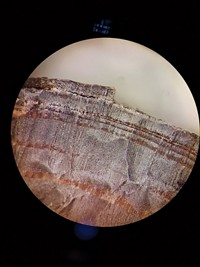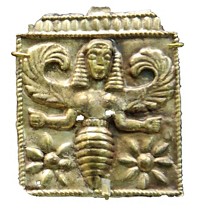Advertisement
Grab your lab coat. Let's get started
Welcome!
Welcome!
Create an account below to get 6 C&EN articles per month, receive newsletters and more - all free.
It seems this is your first time logging in online. Please enter the following information to continue.
As an ACS member you automatically get access to this site. All we need is few more details to create your reading experience.
Not you? Sign in with a different account.
Not you? Sign in with a different account.
ERROR 1
ERROR 1
ERROR 2
ERROR 2
ERROR 2
ERROR 2
ERROR 2
Password and Confirm password must match.
If you have an ACS member number, please enter it here so we can link this account to your membership. (optional)
ERROR 2
ACS values your privacy. By submitting your information, you are gaining access to C&EN and subscribing to our weekly newsletter. We use the information you provide to make your reading experience better, and we will never sell your data to third party members.
Synthesis
Long Ago, Paris Was A Jungle
January 14, 2008
| A version of this story appeared in
Volume 86, Issue 2

Modern-day Paris may have a reputation as being something of an urban jungle, but according to some new chemical evidence, tens of millions of years ago Paris was quite literally a jungle. Akino Jossang of Paris' National Museum of Natural History and colleagues did some detective work on a 55 million-year-old amber deposit found in the Oise River area of the Paris Basin. In extracts of the amber, they found a novel diterpene natural product (shown) that they named quesnoin (J. Org. Chem., DOI: 10.1021/jo701544k). The researchers noted quesnoin's structural similarity to isoozic acid, a natural product isolated from tropical trees in the genus Hymenaea. Jossang's group suggests that quesnoin forms from isoozic acid via a Diels-Alder reaction initiated by a peroxy radical. If this theory is true, Jossang argues, then the Oise amber most likely came from an ancient ancestor of Hymenaea oblongifolia, a tree that is currently found only in the Amazon rain forest.





Join the conversation
Contact the reporter
Submit a Letter to the Editor for publication
Engage with us on Twitter